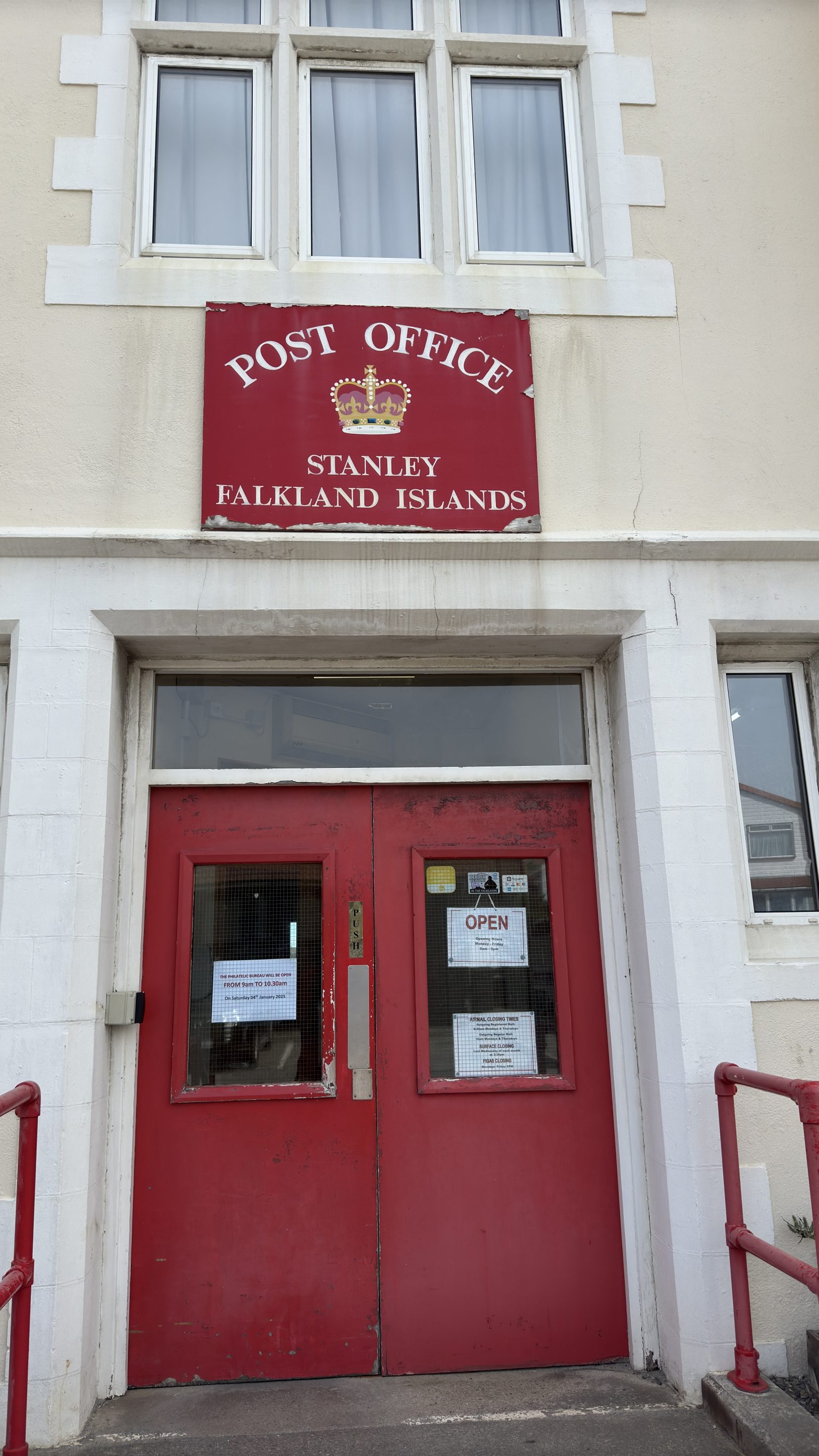Visiting The Falkland Islands
Visiting the Falkland Islands offers an extraordinary opportunity to experience a unique blend of rugged landscapes, fascinating history, and abundant wildlife. Located in the South Atlantic Ocean, the Falklands are a remote yet vibrant archipelago of over 700 islands.
For cruise visitors, the Falklands provide a memorable encounter with diverse wildlife, historic sites, and cultural landmarks. This guide explores what visitors can see and do, highlighting key attractions, the islands’ distinctive environment, and essential biosecurity measures to protect the region.
Click here for more information on when to visit the Falkland Islands.
Current weather in Stanley
Landscapes and Scenery
The Falkland Islands feature dramatic landscapes characterised by windswept coastlines, rolling hills, and rugged cliffs. The scenery is marked by its stark beauty, with vast open spaces, unspoiled beaches, and scenic coastal vistas. The largest islands, East and West Falkland, offer a variety of terrains, from rocky shorelines and mountain ranges to lush coastal plains. Visitors often encounter picturesque settlements, with Port Stanley on East Falkland as the central hub for exploring the islands.
Historical Significance
The Falkland Islands have a rich and complex history shaped by exploration, conflict, and cultural heritage. The islands have long been a strategic location due to their position in the South Atlantic, and they became known globally following the Falklands War in 1982. Port Stanley, the islands’ capital, houses several historical sites commemorating the islands’ past, including the 1982 Liberation Memorial and the Historic Dockyard Museum. Visitors can explore these landmarks, gaining insight into the islands’ geopolitical significance and the resilience of its residents.

Wildlife Highlights
One of the main attractions of visiting the Falkland Islands is the abundance of wildlife, which thrives in the islands’ unspoiled environments. The Falklands are home to numerous seabird colonies, marine mammals, and unique land-based wildlife, accessible to cruise visitors on guided excursions.
– Penguins: The Falkland Islands host five species of penguins, including king, gentoo, Magellanic, rockhopper, and macaroni penguins. Some of the best viewing areas are Volunteer Point, known for its king penguin colony, and Gypsy Cove, where Magellanic penguins nest in burrows along the shore.
– Seals and Sea Lions: South American fur seals and southern sea lions are commonly found along the Falklands’ coastlines. Elephant seals also inhabit the islands, with sightings particularly common on Sea Lion Island, where visitors can observe these impressive animals up close.
– Birds: The islands are home to over 200 bird species, including black-browed albatrosses, petrels, and the endemic Falkland steamer duck. Birdwatchers visiting the Falklands are drawn to locations like Saunders Island and Carcass Island, where diverse bird populations thrive in undisturbed habitats.
– Whales and Dolphins: The waters around the Falkland Islands attract several species of whales and dolphins, including killer whales, Peale’s dolphins, and southern right whales. While sightings vary by season, these marine mammals contribute to the rich biodiversity of the Falklands’ coastal waters.
Key Visitor Sites and Highlights
– Port Stanley: The capital, Port Stanley, serves as the primary gateway for visitors. Notable sites include the Christ Church Cathedral, with its famous whalebone arch, and the Historic Dockyard Museum, which offers exhibits on the islands’ history, natural environment, and maritime heritage.
– Volunteer Point: Known for its large king penguin colony, Volunteer Point provides visitors with one of the most memorable wildlife experiences in the Falklands. The site is accessible by guided tours, allowing close encounters with penguins and stunning coastal views.
– Gypsy Cove: This scenic location near Port Stanley is home to Magellanic penguins and offers panoramic views of the coastline. Gypsy Cove’s accessible trails and proximity to the capital make it a popular stop for cruise visitors.
– Sea Lion Island: As the most southerly inhabited island in the Falklands, Sea Lion Island boasts rich biodiversity, including elephant seals, sea lions, and a variety of bird species. The island’s remote setting and thriving wildlife make it a highlight for nature enthusiasts.
Biosecurity Measures
Protecting the Falkland Islands’ fragile ecosystem is a top priority, and strict biosecurity measures are in place for all visitors. These protocols are designed to prevent the introduction of invasive species that could threaten local wildlife and vegetation. Before arrival, visitors are required to clean and inspect footwear, clothing, and equipment to remove any soil, seeds, or other organic materials. Cruise operators provide guidelines and resources to help passengers adhere to these requirements.
While visiting the Falklands, all visitors are expected to follow specific guidelines during shore excursions, such as staying on designated paths, maintaining a respectful distance from wildlife, and refraining from bringing any food ashore. These biosecurity measures ensure the continued preservation of the islands’ natural habitats and protect the region’s biodiversity for future generations.
Rugged Beauty
Visiting the Falkland Islands is a captivating journey into a world of natural beauty, historical intrigue, and abundant wildlife. For cruise visitors, the Falklands offer a unique experience that showcases the importance of environmental conservation and responsible tourism in remote and pristine ecosystems.
By respecting biosecurity protocols and engaging with the islands’ history and natural wonders, visitors play an essential role in safeguarding the Falklands’ heritage, helping to ensure that this extraordinary destination remains preserved for years to come.
Further Reading
The Falkland Islands Tourist Board has some of the best information you can find about these incredible Islands.
Back To Top
